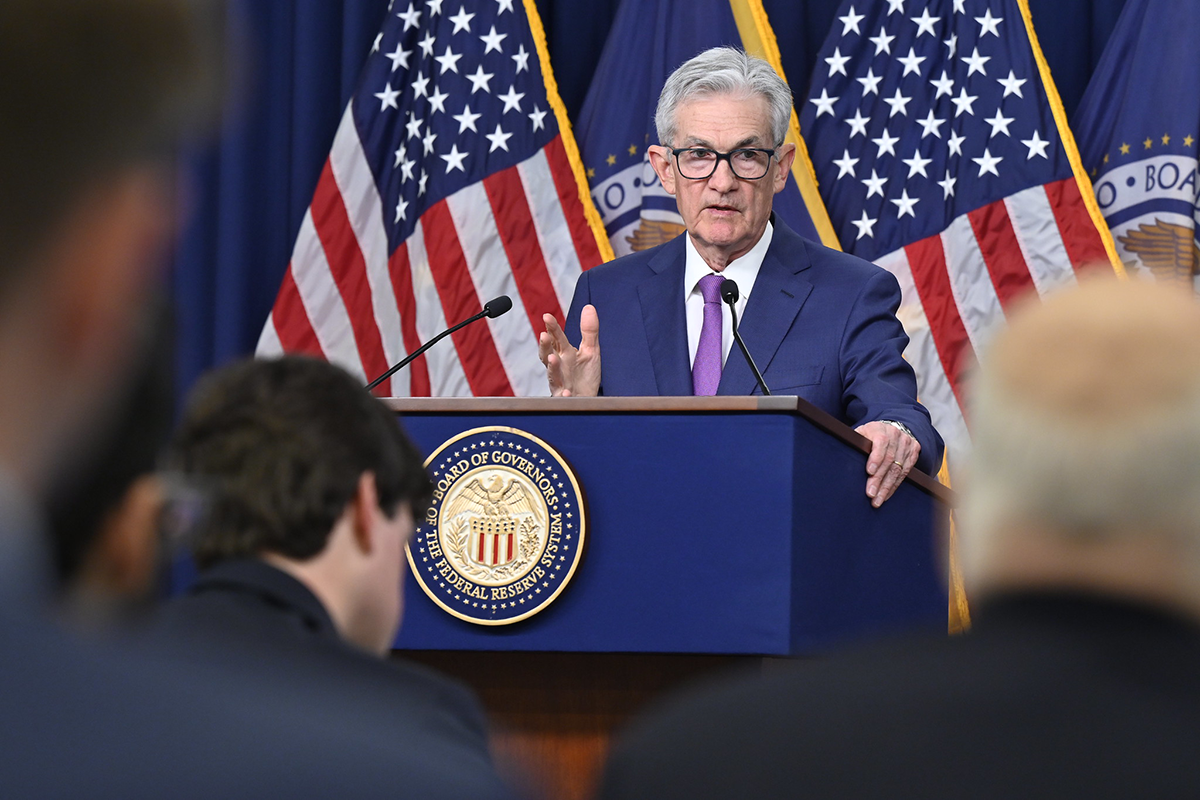Federal Reserve Chairman Jerome Powell recently addressed expectations regarding U.S. monetary policy, specifically ruling out the possibility of an imminent interest rate cut. Speaking at a policy forum focused on U.S.-Canada economic relations, Powell emphasized that recent economic data do not support a confident move toward reducing interest rates.
“The recent data have clearly not given us greater confidence and instead indicate that it is likely to take longer than expected to achieve that confidence,” Powell stated, underscoring the persistent nature of high inflation rates and the robustness of the labor market. These factors contribute significantly to the Fed’s cautious stance on altering current monetary policies.
Despite some market anticipation of relief from high-interest rates, Powell’s remarks confirm that the Federal Reserve is inclined to maintain its restrictive policy stance. This decision is primarily based on the need to see more substantial progress in controlling inflation, which remains above the central bank’s comfort zone.
“Right now, given the strength of the labor market and progress on inflation so far, it’s appropriate to allow restrictive policy further time to work,” Powell explained. The robust labor market, often seen as a positive economic indicator, paradoxically complicates the Fed’s efforts to curb inflation, as higher employment levels can lead to upward pressures on wages and prices.
Powell also hinted that the Federal Reserve is prepared to keep the current level of monetary restriction for as long as necessary until there is clear evidence of inflation moving towards target levels. “We can maintain the current level of restriction for as long as needed,” he affirmed.
The implication of Powell’s comments was immediately felt in the bond markets, where yields on the 10-year Treasury note edged closer to 4.7%, indicating a slight fall in bond prices. This movement reflects investors’ recalibration of their expectations concerning the Federal Reserve’s future actions.
Market participants and policymakers alike will be watching closely for any signs of change in inflation dynamics or shifts in employment trends that might influence the Fed’s decisions in the coming months.





